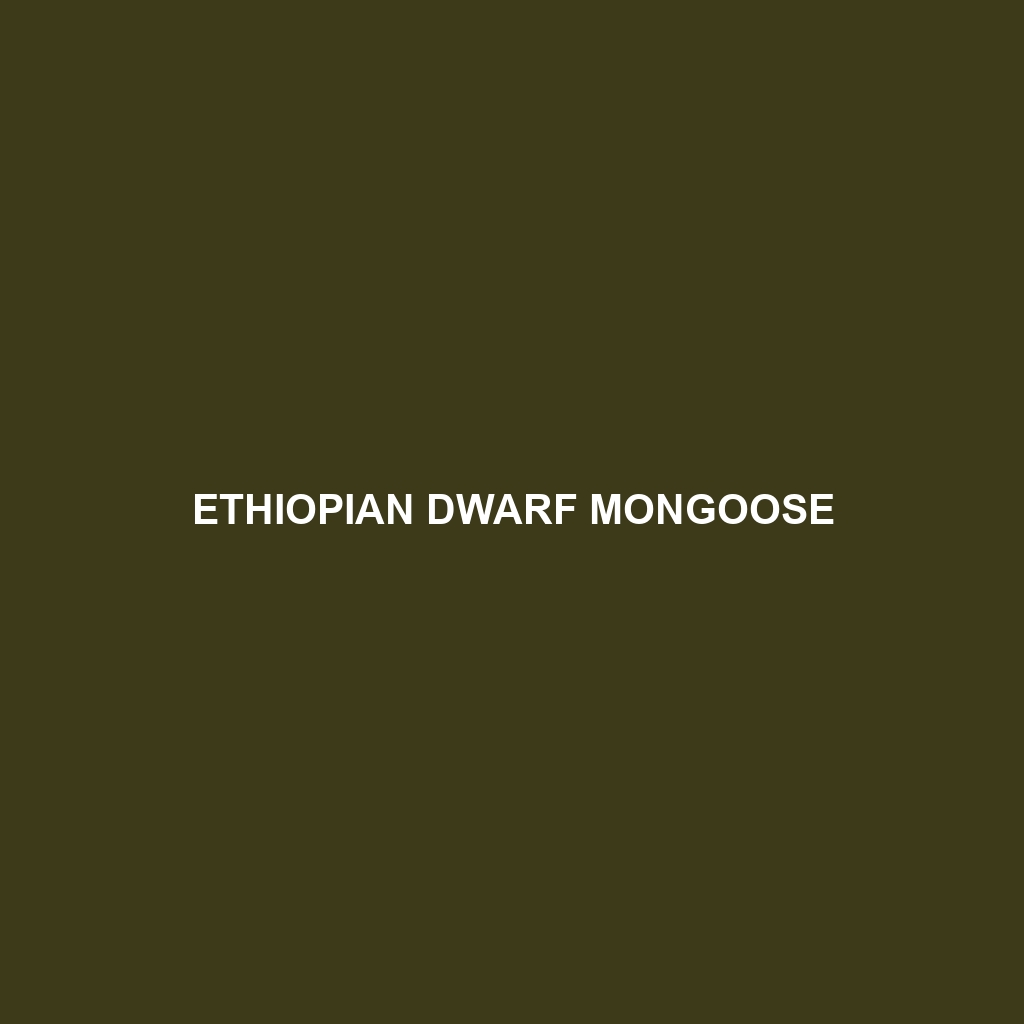Pousargues’s Mongoose: An Overview
Common Name: Pousargues’s Mongoose
Scientific Name: Herpestes pousarguesi
Habitat
Pousargues’s Mongoose is primarily found in the tropical and subtropical regions of Africa, particularly in areas such as the western parts of the Democratic Republic of the Congo and surrounding countries. These mongooses thrive in dense forests, savannas, and woodland habitats, where they find both shelter and a diverse array of prey.
Physical Characteristics
This medium-sized mongoose measures about 30 to 60 centimeters in length, with a tail nearly as long as its body. The fur is typically a rich brownish-gray, with lighter underparts, helping them blend into their forested habitats. Pousargues’s Mongoose has elongated, slender bodies, short legs, and distinctive facial markings that make them unique among mongooses.
Behavior
Pousargues’s Mongoose is known for its solitary yet curious nature. They are primarily diurnal, engaging in foraging during the day. These mongooses are agile and can often be seen climbing trees and exploring their environment, employing a combination of hunting strategies that highlight their adaptability and intelligence.
Diet
The diet of Pousargues’s Mongoose is diverse, mainly consisting of small mammals, birds, insects, and fruit. They are opportunistic feeders, often scavenging and hunting based on availability, which plays a vital role in maintaining the ecological balance of their habitat.
Reproduction
Pousargues’s Mongoose breeds throughout the year, with peaks typically observed during the rainy season. The female gives birth to a litter of 2 to 4 young after a gestation period of approximately 60 days. The juvenile mongooses are nursed for several weeks before starting to learn foraging behaviors from their mother.
Conservation Status
Currently, Pousargues’s Mongoose is classified as Vulnerable on the IUCN Red List. Habitat destruction due to deforestation and agricultural expansion poses significant threats to their populations, necessitating ongoing conservation efforts to ensure their survival.
Interesting Facts
Pousargues’s Mongoose is notable for its remarkable adaptability to both terrestrial and arboreal environments. They are often observed using tools, such as rocks, to crack open eggs, showcasing their intelligence similar to that seen in other members of the mongoose family.
Role in Ecosystem
As both predator and prey, Pousargues’s Mongoose plays a critical role in maintaining the health of its ecosystem. By controlling populations of insects and small mammals, they contribute to a balanced food web. Furthermore, their scavenging behavior helps to recycle nutrients back into the soil.
